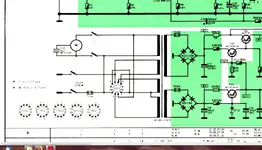I just want to emphasize the point that was already made, that a 3-prong power cable vs a 2-prong power cable has nothing to do with sound quality. It is all about safety, though it does provide a way to neutralize any voltage potential between the chassis of your different devices. But this all gets pretty complicated pretty quick. I say if you are not having issues with ground loops/hum, and there is otherwise something in the design of the 2-prong power cable device that addresses the safety issue, then it is not time well spent to change the power cable. I had an issue where a Tascam BR-20T had issues with the chassis being hot…voltage-wise…enough current to feel it when I touched it. I didn’t get to the bottom of why this was happening, but I changed the power cable to 3-prong, consulted others for the best way to do this, and took all precautions in the process. It took care of the issue. But it was really masking a symptom of some other problem. So…that was lame of me. The way I ensure all devices in my setup have a single path to a common ground is through the power cable or some means of strapping the chassis to the common ground through only one path. Then there’s a whole investigative process to determine how signal ground is handled in each device and rectify disparities with that. But if the easiest way to strap the chassis through a single path to a common ground is by incorporating a 3-prong power cable, then I do that. I think I’m your case if the device is safe with the 2-prong cable, and it should be, and you are not having noise issues that are the result of the 2-prong plug, rest well and leave well enough alone.

